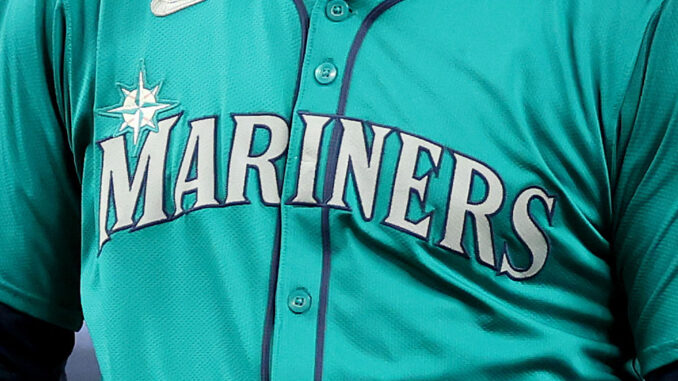
If Emerson Hancock settles in, the Mariners could find themselves with an excess of pitching talent.
As soon as the Seattle Mariners sidelined George Kirby due to inflammation in his throwing shoulder, one name stood out as the likely replacement in the rotation. However, if that wasn’t the case initially, an intriguing question now lingers.
What if Emerson Hancock turns out to be more than just a temporary fill-in?
His opportunity as Seattle’s No. 5 starter is no longer a mere possibility. As Adam Jude of the Seattle Times reported Wednesday, the 25-year-old right-hander has officially earned the role—along with a strong endorsement from manager Dan Wilson.

“He’s really had a good camp. I think he’s really taken a step forward here,” Wilson said, per Jude. “He has attacked the zone and really has gotten comfortable with the stuff that he has and how he’s going to use it, and it’s really made the difference for him.”
Hancock seems ready to turn a corner
Simply by virtue of being the Mariners’ No. 6 pick in the 2020 draft, Emerson Hancock has long held a notable status within the organization. However, he has yet to make a significant impact in the majors, posting a 4.71 ERA across 15 starts.
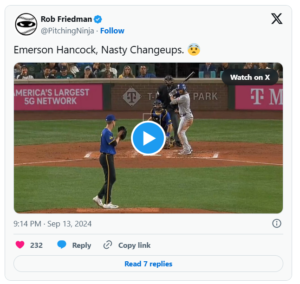
His 4.61 ERA through five spring starts mirrors that number closely, and hitters haven’t struggled to reach base against him—he’s surrendered 19 hits in just 13.2 innings. Still, it’s important to remember that spring stats come in small samples. Encouragingly, Hancock has bounced back in his last two Cactus League outings, allowing just one run over eight innings.
A hallmark of Mariners pitchers is strong command, and Hancock fits the mold. He’s issued only three walks this spring and had just 22 over 72.2 innings in the regular season. What’s truly stood out, though, is his improved arsenal.
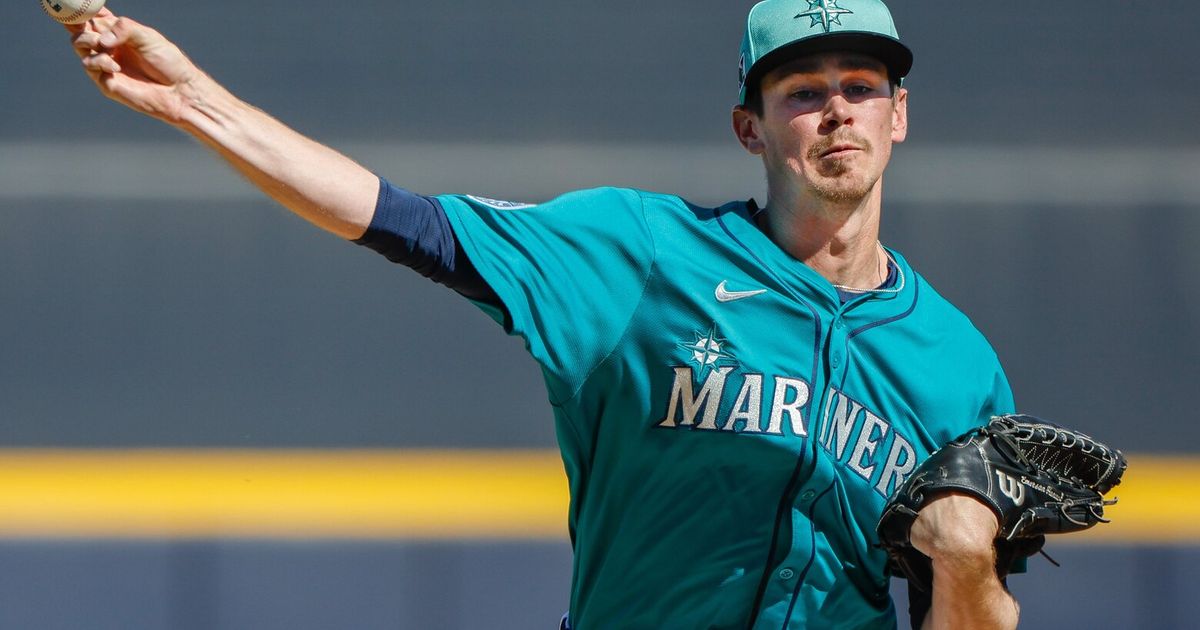
After averaging 93.3 mph on his fastball last season, he’s up to 94.5 mph this spring on both his four-seamer and sinker. He’s also introduced a new sweeper, which boasts 14.2 inches of glove-side movement—right in line with the league average for right-handed sweepers in 2024. That pitch could complement his already effective changeup, known for its unusual arm-side break.
The Mariners aren’t expecting Hancock to step in as an ace while Kirby recovers. As Wilson put it in Jude’s report, the goal is simply for him to “get ground balls” and “keep the game moving.”
How the Mariners could handle a sudden starting pitching surplus
Kirby doesn’t anticipate being out for long once the Mariners open their season on March 27, aiming for a mid-April return.
When he’s ready, the Mariners could have an easy call with Hancock—if his strong spring doesn’t carry over, they could shift him to the bullpen or send him to Triple-A Tacoma, where he still has two minor league options remaining.
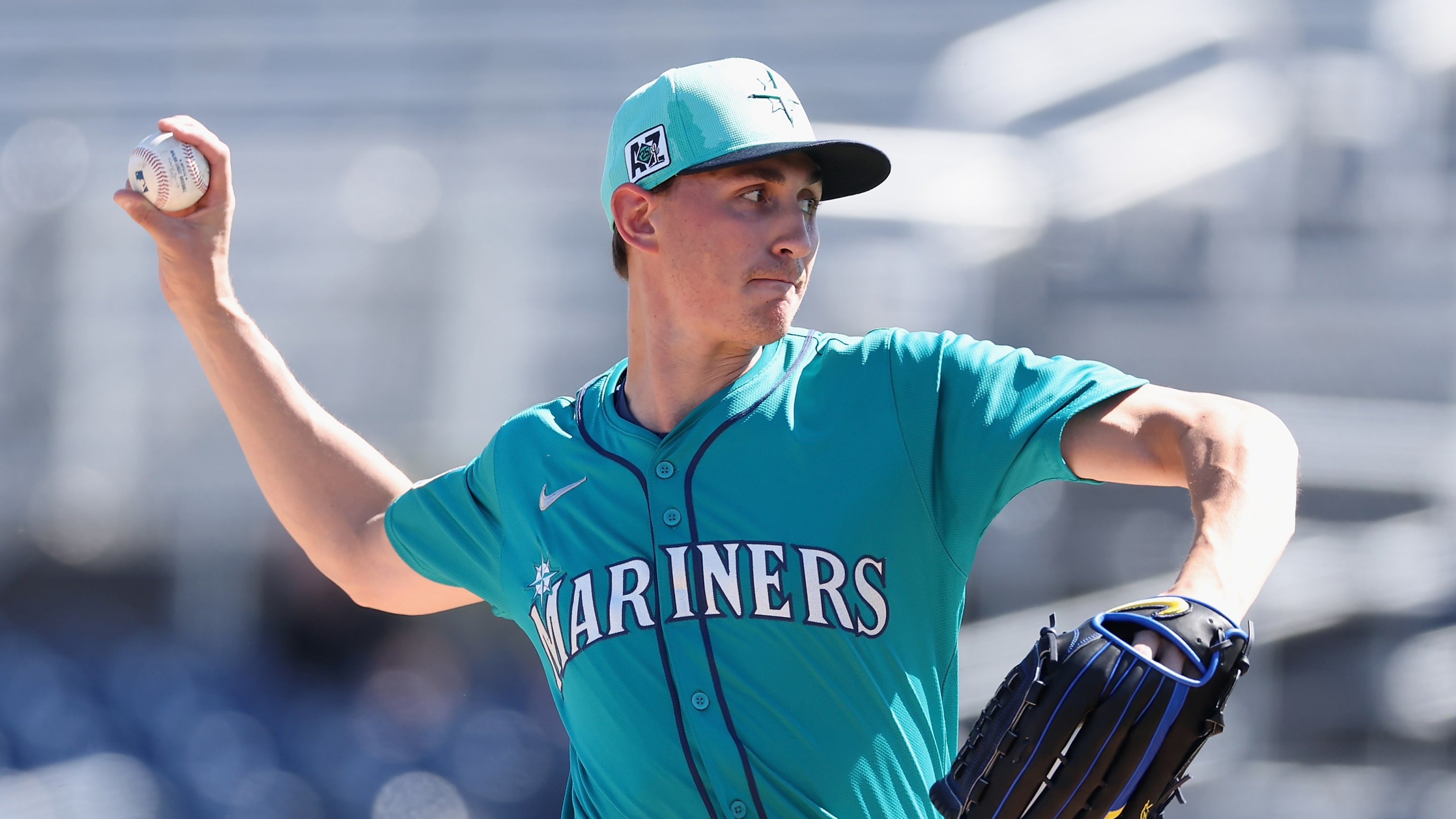
But what if Hancock breaks out and lives up to the potential that made him a first-round pick five years ago? In that case, the Mariners would have three realistic choices:
- Send him down anyway.
- Move to a six-man rotation.
- Make a trade.
Option 1 would be a tough pill to swallow, not just for Hancock but for Mariners fans hoping to see him thrive. No one wants to see a promising pitcher demoted, especially if he’s proving himself in the majors.
That’s why Option 2—a six-man rotation—could be worth considering. Beyond keeping Hancock in the mix, it might help manage workload concerns. Seattle’s starters logged an MLB-high 942.2 innings last year, and with Kirby already dealing with an issue, the team may need to rethink how much strain it puts on its rotation.
The downside? A six-man rotation means fewer starts for Logan Gilbert, Luis Castillo, Bryce Miller, and Bryan Woo, as well as for Kirby and Hancock themselves. The approach would only pay off if the added rest actually kept everyone healthy. Even then, the Mariners might question whether their top arms would have been fine in a standard five-man rotation anyway.
Which brings us to Option 3—making a trade.
President of baseball operations Jerry Dipoto has downplayed the idea of dealing from Seattle’s pitching depth, calling it “Plan Zero,” but he clearly entertained it during the offseason. Castillo’s name popped up in trade rumors, and it wouldn’t take much to see potential suitors if he were made available again.
The Yankees, now without Gerrit Cole for an extended period, stand out as a possibility. The Mets are dealing with multiple injuries in their rotation. The Orioles, who never truly replaced Corbin Burnes, now have Grayson Rodriguez sidelined again.
Of course, it’s easy to speculate about hypothetical deals. Dipoto knows firsthand—through past trades of Kendall Graveman and Paul Sewald—that midseason moves involving core players can disrupt clubhouse chemistry.
Ultimately, if Hancock thrives, the Mariners won’t have a clear-cut “right” decision. Each path comes with trade-offs and potential backlash. But in the grand scheme, this would be a good problem to have—far better than watching Hancock struggle and sending him to the minors under less favorable circumstances.
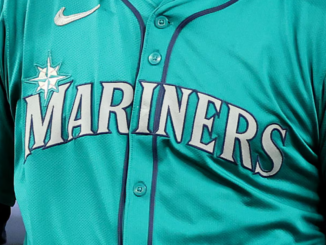
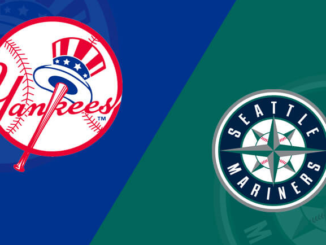
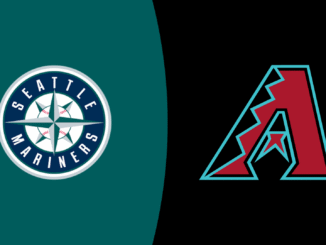
Be the first to comment